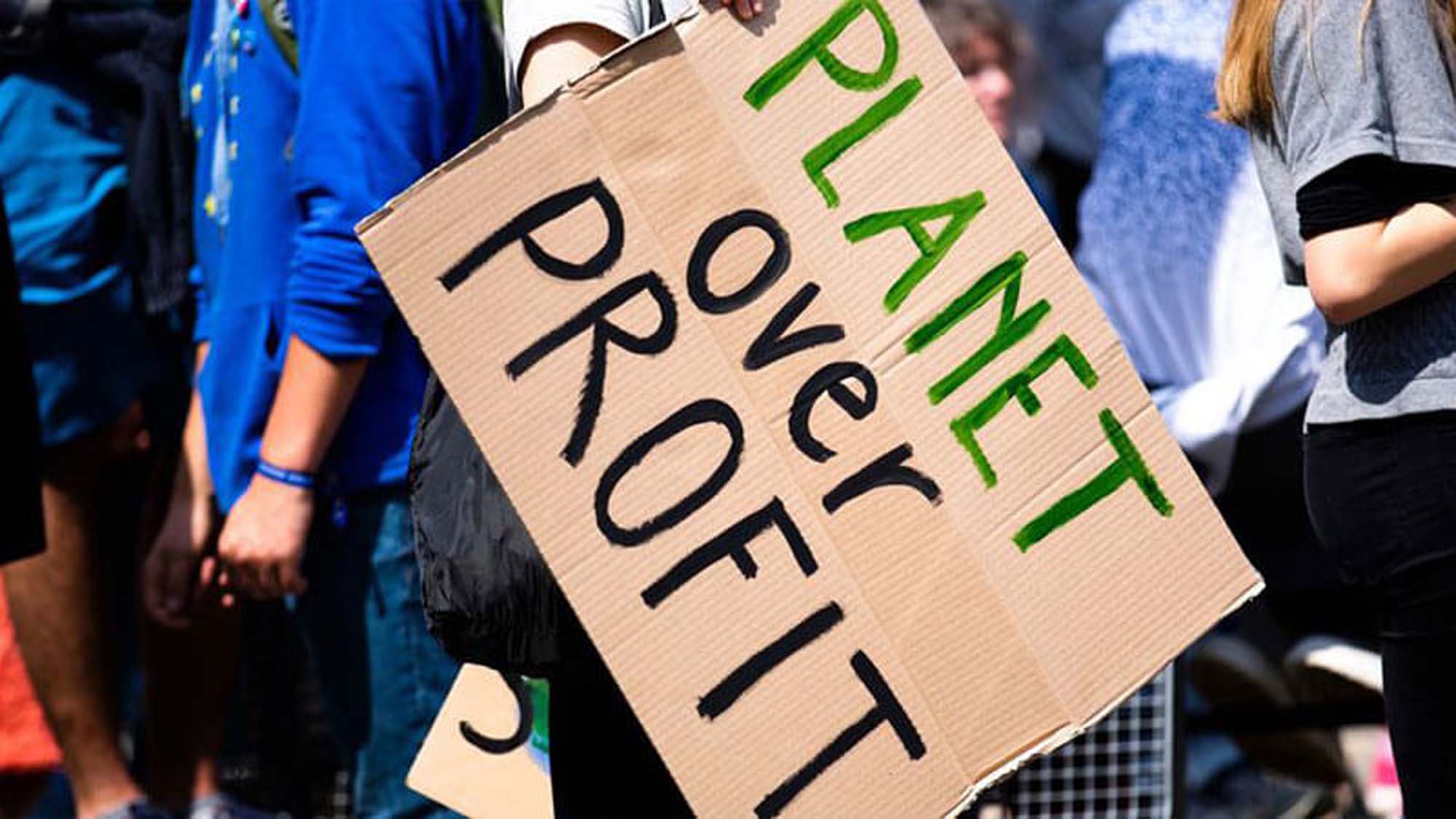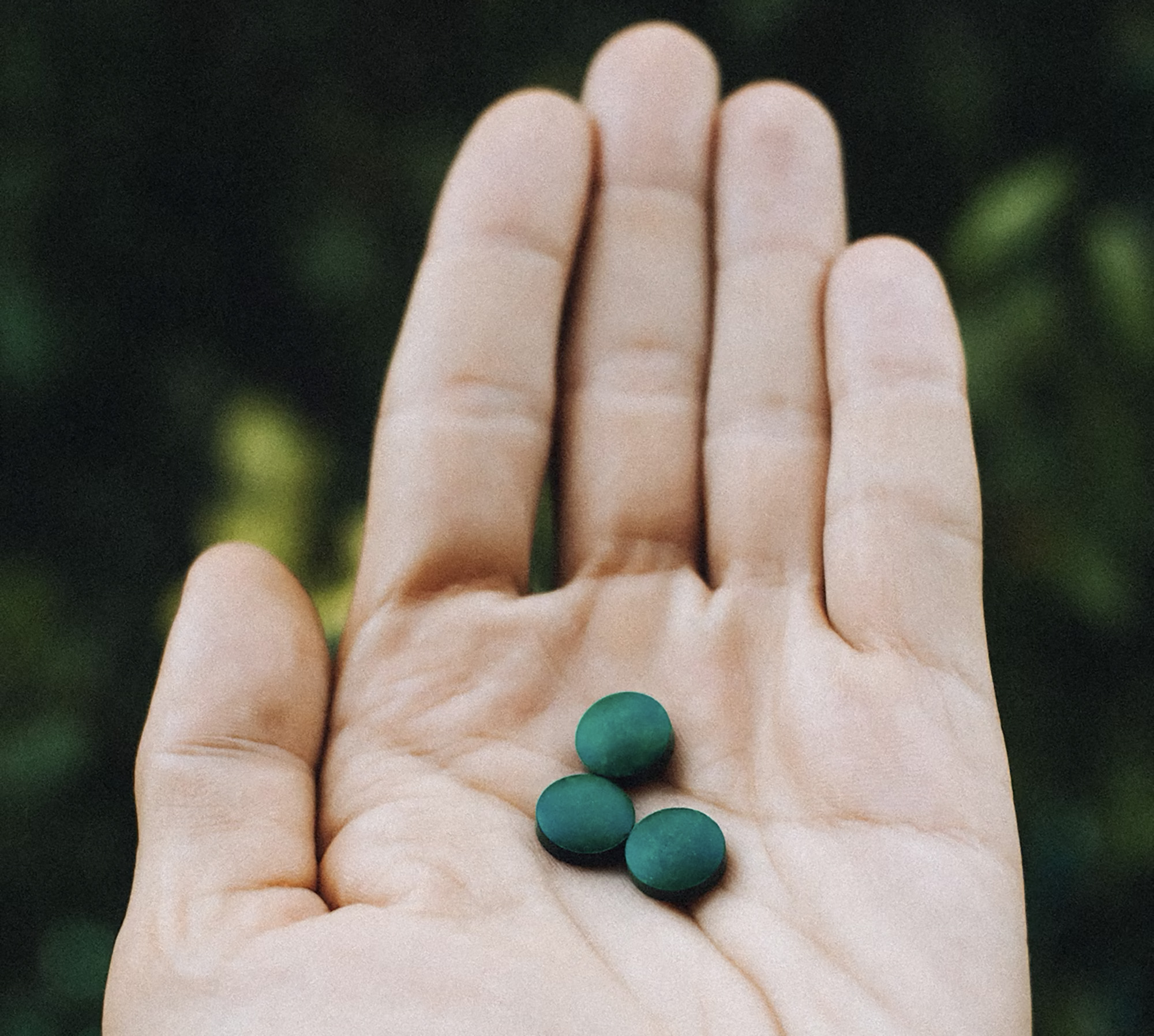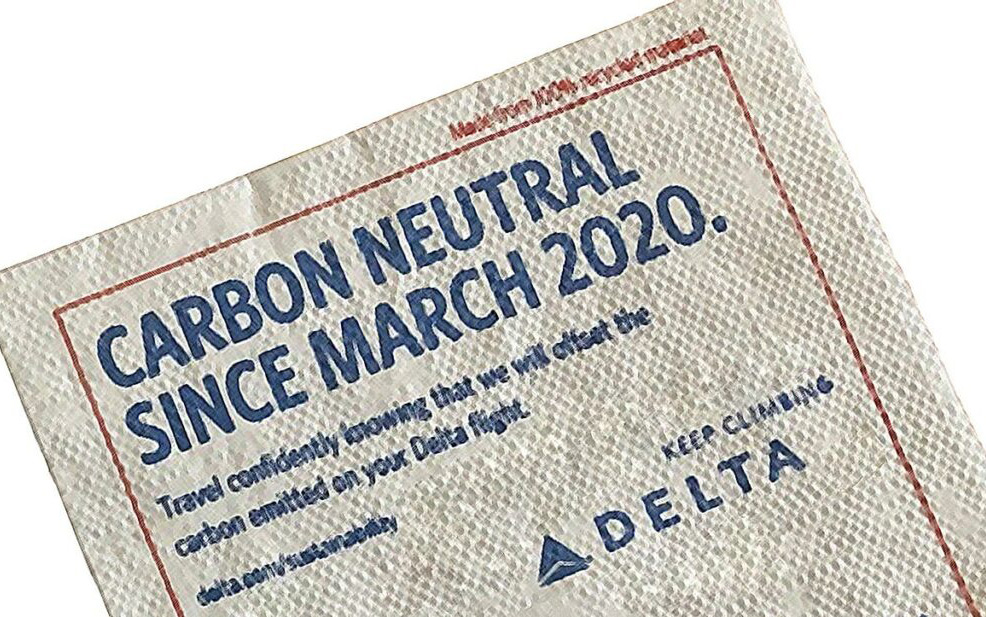
Greenwashing refers to the practice of companies that mislead consumers about the environmental benefits of products, services, and company practices that you see at-a-glance when you’re shopping. This often involves exaggerating or falsely promoting sustainability efforts to appear more eco-friendly than they are when the reality of a company’s plastic waste is disproportionate. Reading labels can include misleading graphics and narrative advertising boasting “natural” or “eco-friendly” without clear definitions, highlight environmentally friendly aspects and features of those products, and ignore more harmful practices that contribute to global consumer practices.

Some of the largest known and public greenwashing cases in 2024 include Coca-Cola for their volume of plastic use, Volkswagen (infamously called Dieselgate and Emissionsgate) for ongoing issues related to the company’s marketing of its electric vehicles and harmful emissions, IKEA for their logging policies and plastics use, BP (British Petroleum) for promoting its renewable energy investments while still heavily investing in fossil fuels, Nestlé claims about sustainable sourcing and packaging while relying on plastics. Mentioning these names is merely to share public knowledge about ongoing litigation and raise awareness about companies that are actively on the open market.
One of the biggest eye-openers for us is the number of plastic bags that can be mistaken for jellyfish by sea turtles. An estimated 2,000 garbage trucks full of plastic are dumped into the world’s oceans every day and at least 1,000 sea turtles die each year due to ingesting plastic, causing fatal blockages in their digestive systems. Many researchers stating that over half of all sea turtles have ingested plastic at some point in their lives. You can parallel this to human consumption, averaging to absorb between 78,000 and 211,000 microplastic particles each year, but this is likely an underestimate and depends on how many bottles of water and manufactured beverages one consumes. A percentage of it is even inhaled, highlighting the importance of scrutinizing corporate claims, and advocating for greater transparency and accountability in environmental practices.

Think twice before you open a can of Coca-Cola to, “taste the feeling (the company’s slogan until 2020.” The DC appeals court on Wednesday, August 28, 2024, issued a decision finding that Earth Island Institute sufficiently pleaded that Coca-Cola’s environmental and sustainability claims are in violation of the DC Consumer Protection Procedures Act (CPPA), which protects consumers against false, deceptive, or unfair business practices. Coca-Cola uses millions of metric tons of plastic annually into landfills and oceans. Additionally, and unrelated to the current lawsuit, a 2017 study found fluorescent nanoparticles in Coca-Cola, which are about 5 nanometers in size and contain carbon, hydrogen, and oxygen (the composition of most carbohydrates. When you feed your cell’s carbs, you expose yourself to Diabetes, obesity, reduced health span, and increased mortality). Today, their slogan is, “A Recipe for magic.” That nanoparticle recipe can be absorbed by living cells and accumulate in the cytoplasm and cell membrane, you are not alone when drinking the soft drink but you are becoming invaded by an army of carbs. Is that fatal magic or what? Nanotechnology’s effects on human cells are still an area of active research. Drinking a soda has become more serious if it can genetically alter one’s cells.

Copyright © Green Religion
Made with ♥ in Miami by Fulano
Quarterly, explore the growing space of Green Religion where stories connect us, creativity leads to awareness, and climate justice remains at the core.
We value your privacy. Your email address and personal information will be used solely for sending updates from Green Religion. We do not share your information with outside parties, and you can unsubscribe at any time.